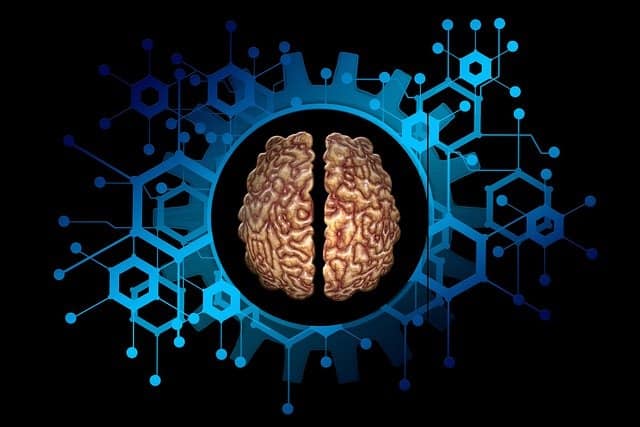Researchers say that they have made an essential discovery that could have big significance for the study of human brains and computer brains.
Some research companies have progressive methods for peering into the inner workings of (AI) Artificial Intelligence software called Neural Networks.
This Neural Network helps to make spectacularly gloomy decision-making more intelligible.
This process will uncover the respective neurons in a large Neural Network that can cipher a peculiar concept and finds the parallel one that has peek in the human brain.
The Neural Network is a replica of the human brain by Machine Learning software. This Networks has been used in drug discovery, face recognition, speech recognition, digital assistants, etc.
The drawback in Neural Networks is to understand the hypothesis behind its decision.
It is also very challenging to find out the conjecture of its decision for the Machine Learning experts who created them.
So it is very difficult to recognize exactly where the software can fail.
This made people sensibly hesitate to use Artificial Intelligence (AI) softwares even when the Artificial Intelligence systems seems to exceed other kinds of automated software.
This is notably true in finance and healthcare fields, where askew selection may cost money or lives.
The reason behind that error is there is no clear understanding of how the Neural Networks works. Maybe it can be predictable or they can have hidden susceptibilities that are not superficial by testing.
Researchers recently used numerous techniques to inquest the internal workings of a large Neural Networks.
They also identified that respective neurons in the network were correlated with one peculiar concept or label.
Human brain may have “grandmother” neurons that blaze in feedback to one clear-cut concept or image.
For occurance, The Neuro Scientists detected that one inferior in their study suggested to have a neuron that was combined with actress Halle Berry.
The neuron burned when the person was displayed a portrait of Berry. The same neuron was also stimulated when the person listened to the words “Halle Berry”.
Artificial Intelligence (AI) systems can function a broad range of image classification tasks with a high degree of veracity, without being categorically trained for those tasks with labelled data sets.
The system, named Contrastive Language-Image Pre-training (CLIP), consumed 400 million images from the internet and dichotomized with inscription.
From this message, the technology cultivated to think which of text snippet labels was most likely to be correlated with any given image, even those it had never experienced before.
For occurance, show Contrastive Language-Image Pre-training (CLIP) an image of a bowl of guacamole, not only is it adept to perfectly label the picture as guacamole but it also recognized that it is a food type.
This may demonstrate that these Neural Networks are not as inconceivable as we valor think.
Such mechanisms should help companies using Neural Networks to figure out how they show up at outcomes and when a system is feasible to break down or demonstrate incline.
Its efficacy also points to a way for Neuroscientists to value Artificial Neural Networks (ANN) to interrogate the ways in which human learning and formation of concept takes place.
Not whole CLIP neurons were combined with a definite concept. Many burned in return to a number of contrasting conceptual categories.
And some neurons suggested to burn together, probably meaning that they characterized complex concepts.
In a manifestation that this technique can be used to divulge hidden biases in Neural Networks, the researchers identified that CLIP also had “Middle East” neuron that burned in retort to pictures and words correlated with the region , but also in return to those combined with terrorism.
It had a “immigiration” neuron that answers to Latin America. And it found a neuron that burned for both black-skinned people and lemur, which Artificial Intelligence (AI) esteemed was related to other sectarian picture tagging that had already caused problems for neural networks-based image classification systems at google.
Genetic and gender biases latent in large Artificial Intelligence (AI) models have become an increasing area of concern for Artificial Intelligence (AI) criteria researchers and civil society managements, specifically those trained from massive amounts of data extracted from the internet.
The researchers also said that their techniques had disclosed a peculiar tilt in how CLIP makes choices that would make it achievable for someone to dimwit the Artificial Intelligence (AI) into building faulty testimony.
The system combined the text of a symbol or word on a contrasting object, the system would misclassify it.


